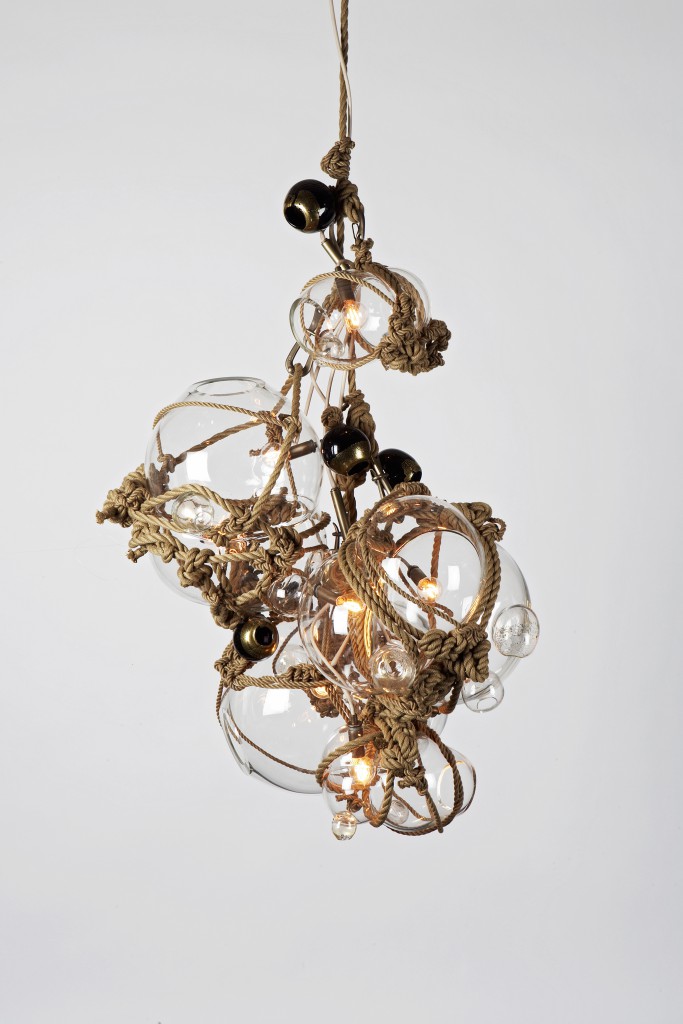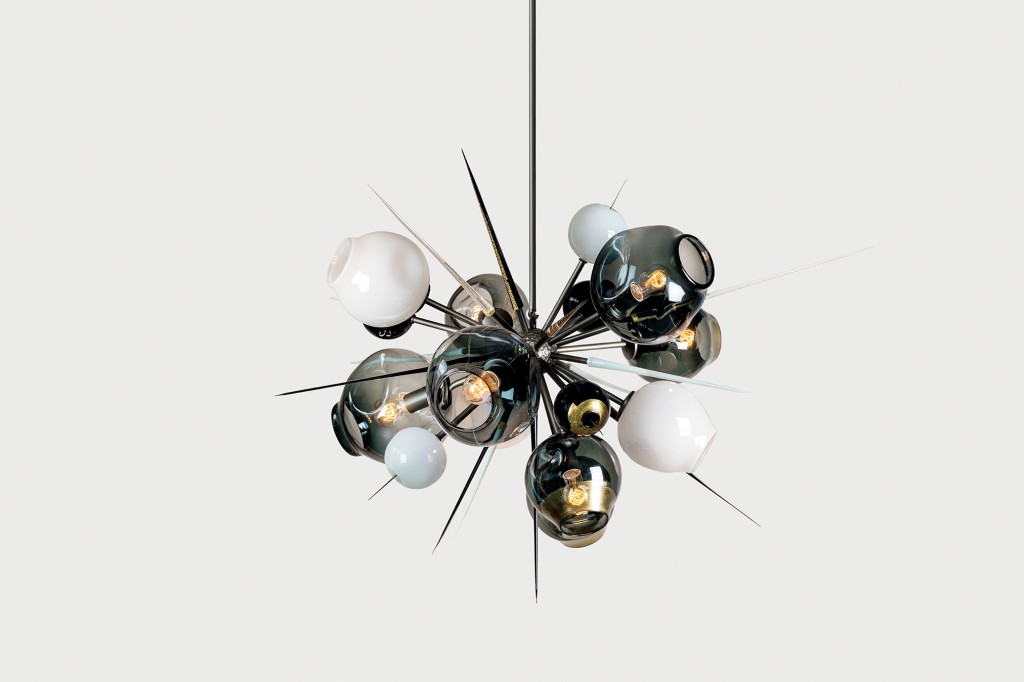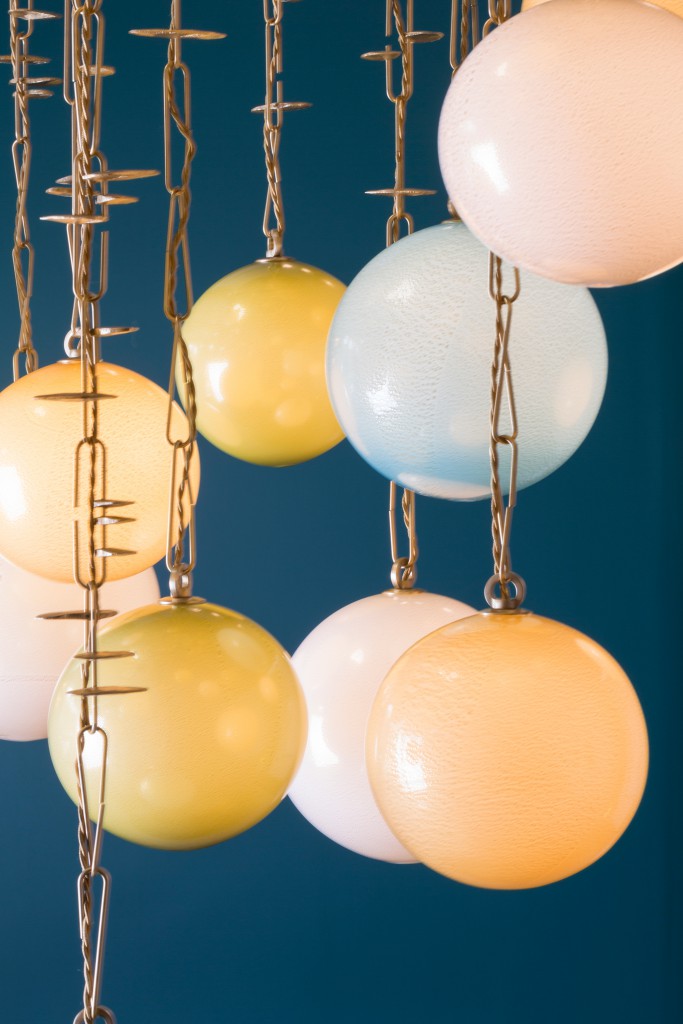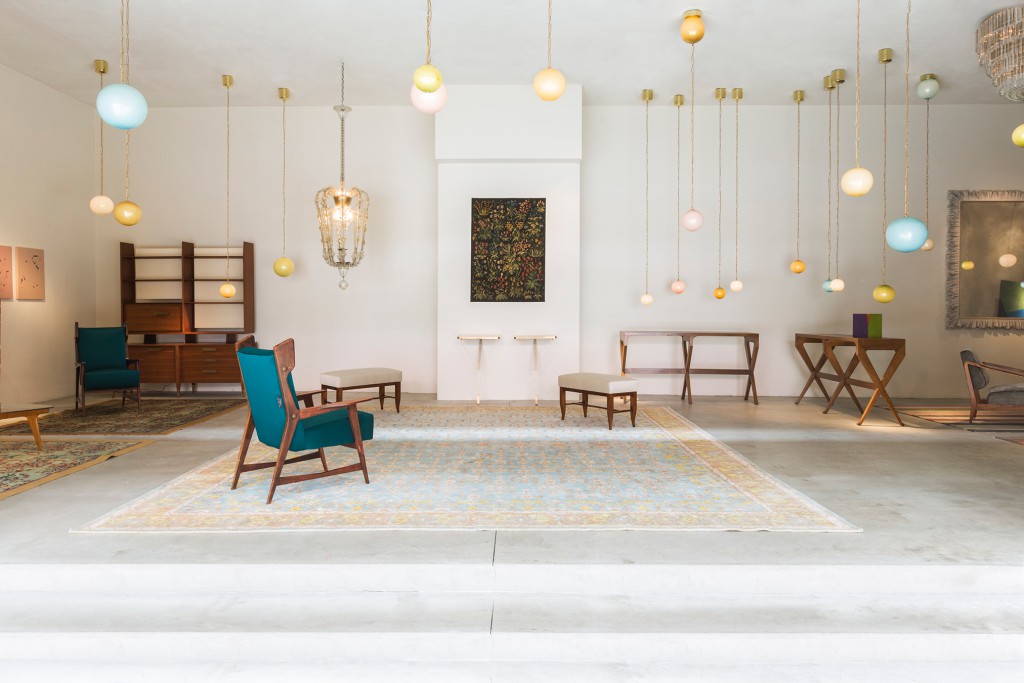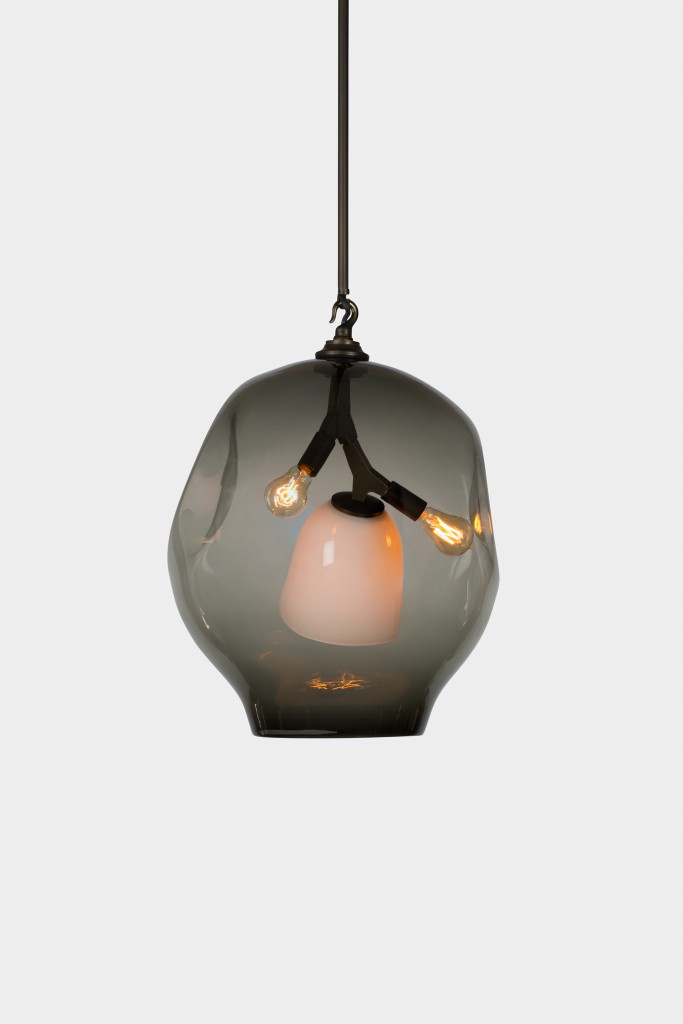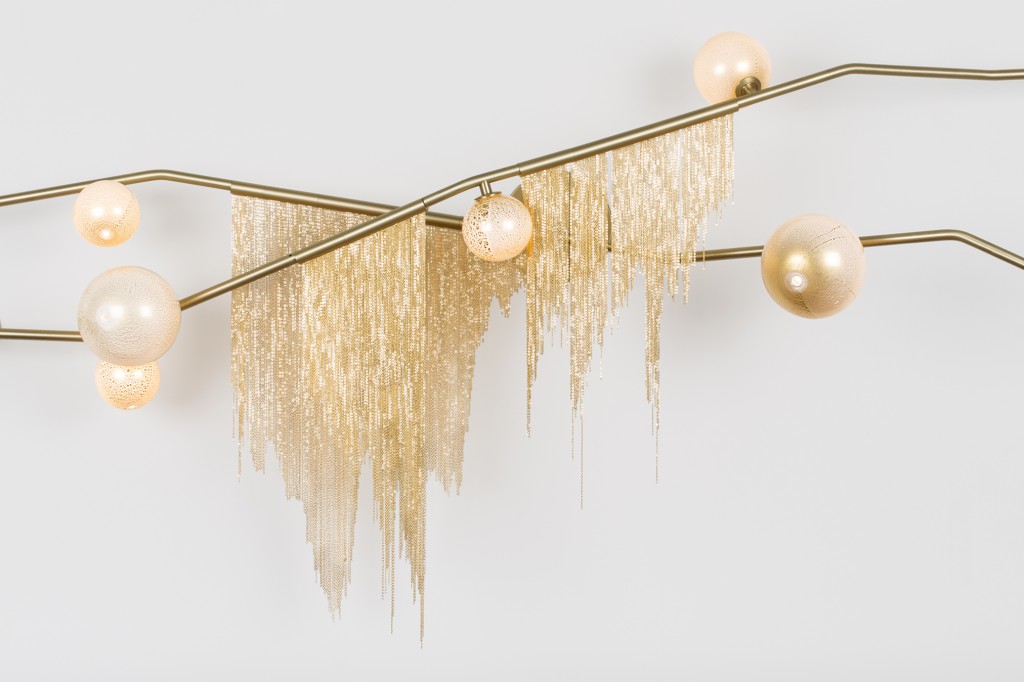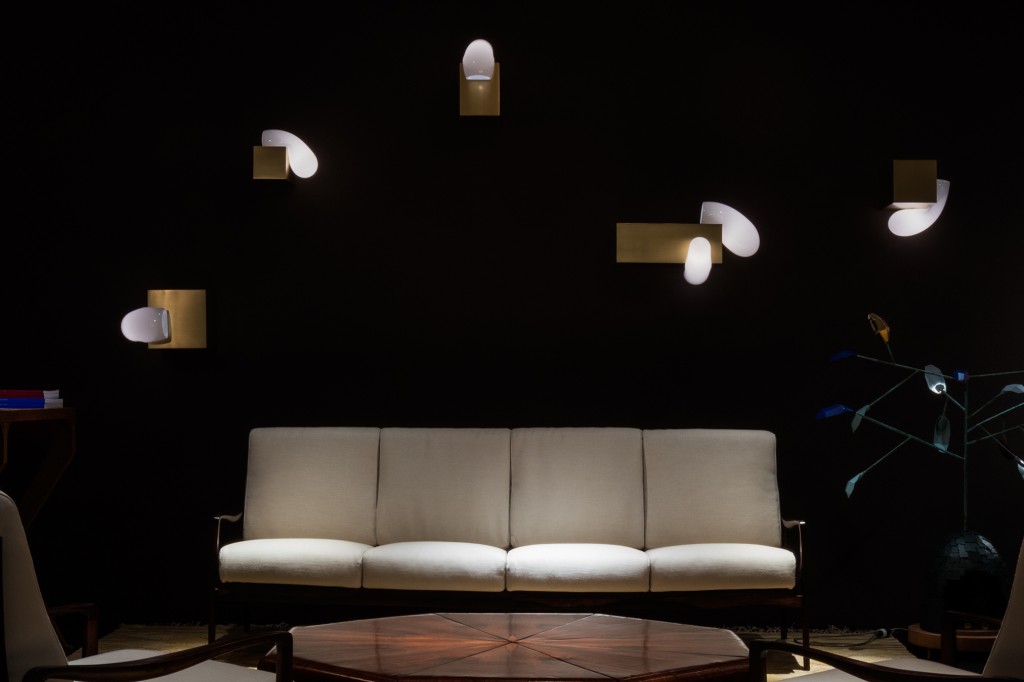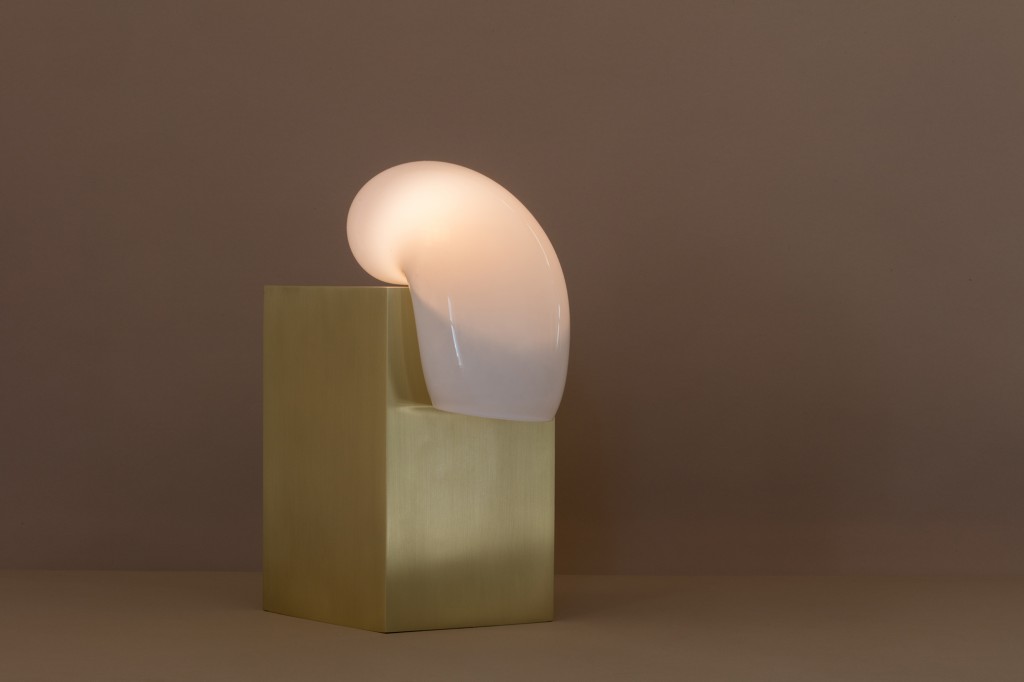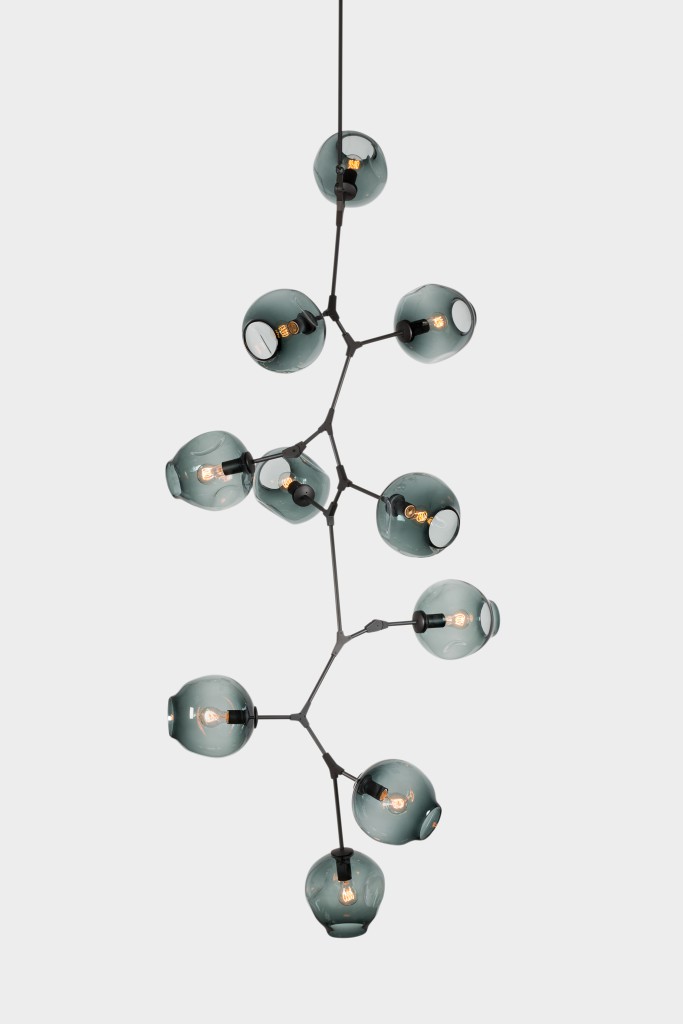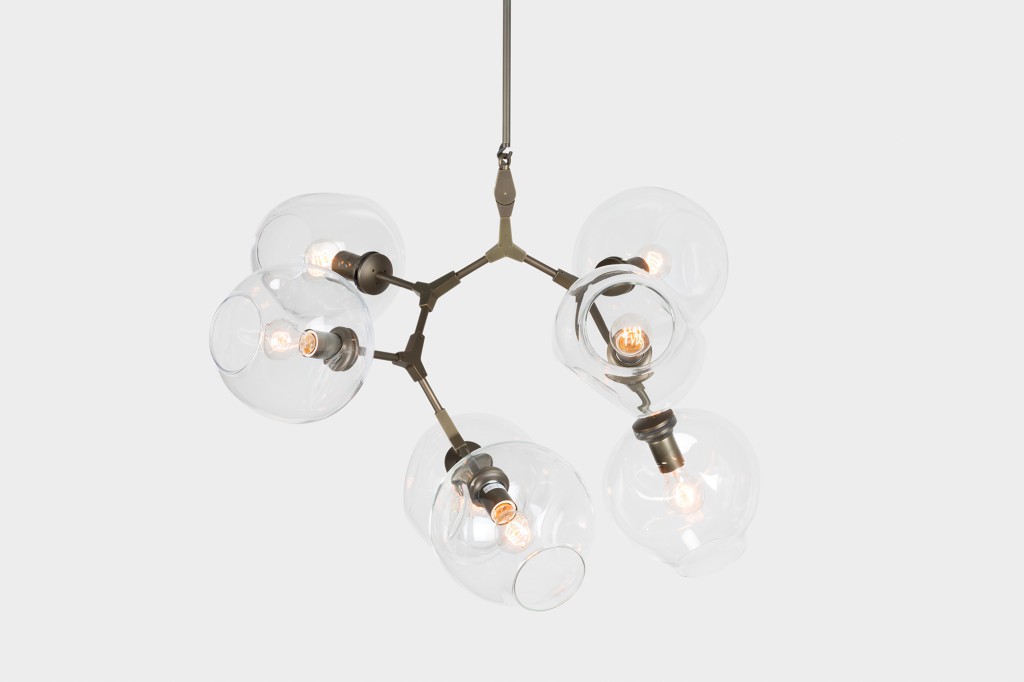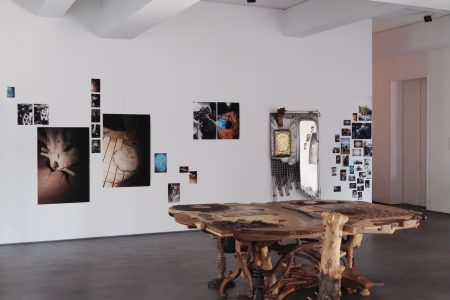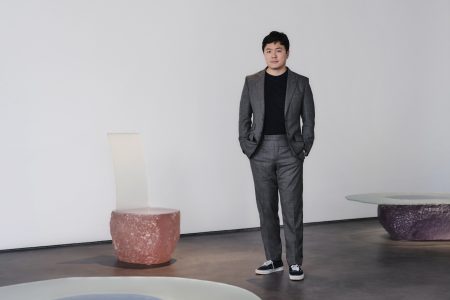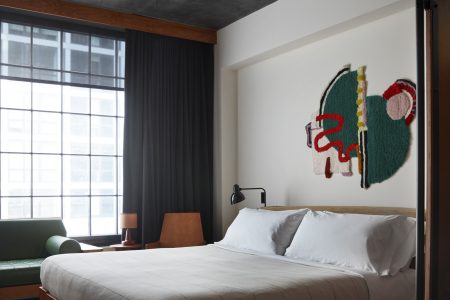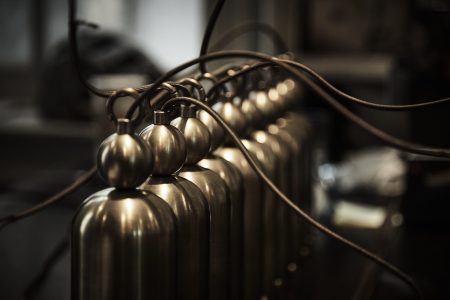Lindsey Adelman: Beauty of light
TLmag talks to Lindsey Adelman about her passion for lighting design and drawing inspiration from New York City.
Lindsey Adelman has been at the center of a flourishing movement in American lighting design over the past decade. With a degree in industrial design from the Rhode Island School of Design, Adelman began specializing in lighting in 1996, eventually launching her own studio in downtown New York City in 2006. Mixing natural materials and organic forms with machine parts and an industrial edge, Adelman seeks to capture the ephemeral beauty of nature. Metal elements like shiny brass and oil-rubbed bronze contrast with tinted glass or milky white porcelain, creating a new kind of luxury object. The Branching Bubbles collection, designed in 2006, includes works that are like suspended sculptures with meandering metal armature supporting hand-blown glass globes. Collections such as Burst, with its pointed daggers and curved glass literally bursting from its core, Cherry Bomb, with its jewel-like, foiled glass spheres and delicate chain metal and Knotty Bubbles, which uses thick, nautical rope to support glass globes, show that Adelman’s work can be both sensual and empowering. Throughout her career as a designer, Adelman has also incorporated elements of performance, dance and film into her pieces, at times blurring the boundaries between functional design, art and installation. Her work has been exhibited at the Cooper Hewitt National Design Museum and Design Miami, and she continues to collaborate with showrooms in Europe and the United States including Nilufar Gallery, Triode and the Future Perfect, among others.
TLmag: How has New York City influenced your work as a designer? Would you say that living in the city has shaped you as a designer in some ways?
Lindsey Adelman: Yes. New York City is a big part of my life as a designer. I was born here and moved around a bit after college but longed to come back. It is an interesting place for a designer—sometimes you need to see and feel frustrations, see people struggling with certain issues and feel passionate about resolving them, using design as your tool. New York is of course full of these anxieties, but it is also full of people living their lives to the fullest. This is probably what inspires me most about this city. People come here who are so passionate, so driven; they are people who won’t accept “no” for an answer. I relate to this kind of crazy life-or-death drive for doing what you love. It also manifests in the most amazing performances, dance, sculpture, live music and conversations that inspire my work every day. I really like having the balance of living in a gritty, urban environment and being able to escape to the beach year-round.
TLmag: In the ten years since you started your own studio, the designer/maker community in New York has grown exponentially and your work along with it. During this time, your innovative use of brass and industrial materials mixed with organic forms and raw materials opened the door for a whole new movement, a new aesthetic and a renewed appreciation for lighting design in the United States. How do you interpret this unique movement in design and why do you think lighting in particular has become such a point of interest among designers as well as collectors?
LA: Lighting is open-ended and sculptural. Lighting design allows for self-expression. There is an element of instant gratification when you turn it on—so simple, but so satisfying. There are lots of ways to become a lighting designer as opposed, say, to a chair designer. The parts needed to create your first working piece can be found on Canal Street or online. After making my first light, I naturally wanted to keep going. Additionally, there is a very appreciative audience out there for lighting.
TLmag: Recently you have experimented with other media such as dance, photography, film and performance, both alone and in combination with the lighting design. Would you talk about these interests and the importance of exploring other disciplines in your work?
LA: Yes. I have always loved dance, photography and film and, for a while, these media were just a part of my personal life, but owning my own studio means I am always looking for more ways to incorporate my personal passions into my work. When a chance presents itself, I must seize it. I see lighting design, event hosting and performance as very similar. It is about creating a space or a moment to enhance the real life taking place within it. My work seeks to elevate and honor normal life wherever it can.
TLmag: In this same vein, would you talk about your collaborations as well?
LA: Collaboration is a funny word. In a way, collaboration is everywhere, with every client, employee, supplier and artisan. We all work together to execute an idea. As the creative director, I must work closely with many people to carry out an idea. Collaboration is natural in everything I do, even when the idea comes from my head alone. However, I typically only use the term when another creator and I develop an idea together so the credit and process are clear. It is about building and nurturing relationships, creating synergy and evolving individually so you can keep coming back with more to work on and talk about.
TLmag: The textures and subtleties of your materials are part of the magic and luxury of your designs: porcelain, glass, chain, metals with patinas. How does the process of finding the right material begin for you and how important is it to maintain aspects of the handmade in your designs?
LA: Materials are what first draw me to any project. I am in awe of the beauty of simple, natural materials. I take a lot of time observing what materials do in different light with subtle manipulation. My job is to bring out the best qualities in them, so I never need to do much to change materials. The design work comes in when I figure out how to bring an unfussy, effortless handling of the work into a final product design. It’s always an interesting challenge for me. And I adore working with master craftspeople around the world.
TLmag: What are some of the upcoming projects you are working on?
LA: I am very pleased to announce the debut of lighting projects designed by two of my in-house designers. I have worked with Karl Zahn and Mary Wallis for many years and have watched their own works develop and evolve in beautiful ways. I asked if I could produce and sell their designs along with my own and it is happening! The new pieces will be on view for New York Design Week at our showroom.
TLmag: Do you see this as a new direction for Adelman Studios? To begin producing work by other designers?
LA: I see this as an opportunity for designers within my studio. We have been calling it “keeping the band together.”
